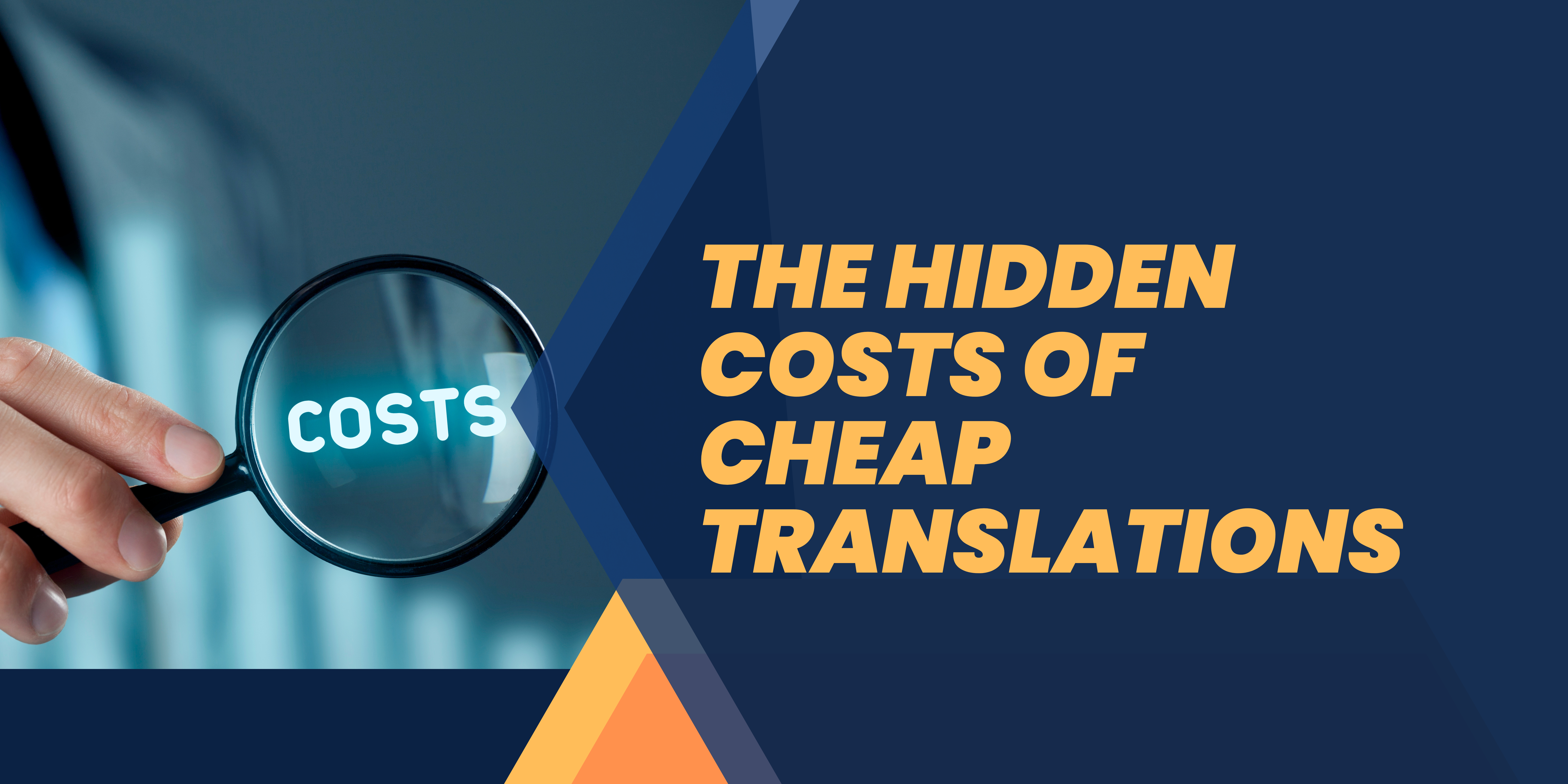When you need a document translated, you might think it's as simple as finding a translator and sending them the text. However, behind the scenes, the translation industry is a complex network of companies and individuals.
The Translation Supply Chain
- Big Corporations: Large translation companies receive bulk orders from major clients.
- Subcontractors: These companies break down the work and hire smaller companies or freelancers.
- Freelancers: The actual translation work is often done by freelance translators, who may be located in low-cost regions.
The Problem with the Supply Chain
- Long Communication Chains: Multiple intermediaries can lead to misunderstandings and delays.
- Low Pay for Translators: Freelancers often receive very low rates due to competition and the fragmented nature of the industry.
- Hidden Costs: Clients may end up paying a premium for translations, even if they're using a seemingly cheap service.
Choosing the Right Translator
To avoid these issues, it's important to:
- Avoid the Cheapest Option: Low prices often mean low quality.
- Do Your Research: Learn about the translator's experience, qualifications, and reputation.
- Work Directly with Translators: If possible, try to work with freelancers or small agencies to eliminate intermediaries.
By understanding the translation supply chain and making informed choices, you can ensure that your translations are accurate, timely, and cost-effective.

